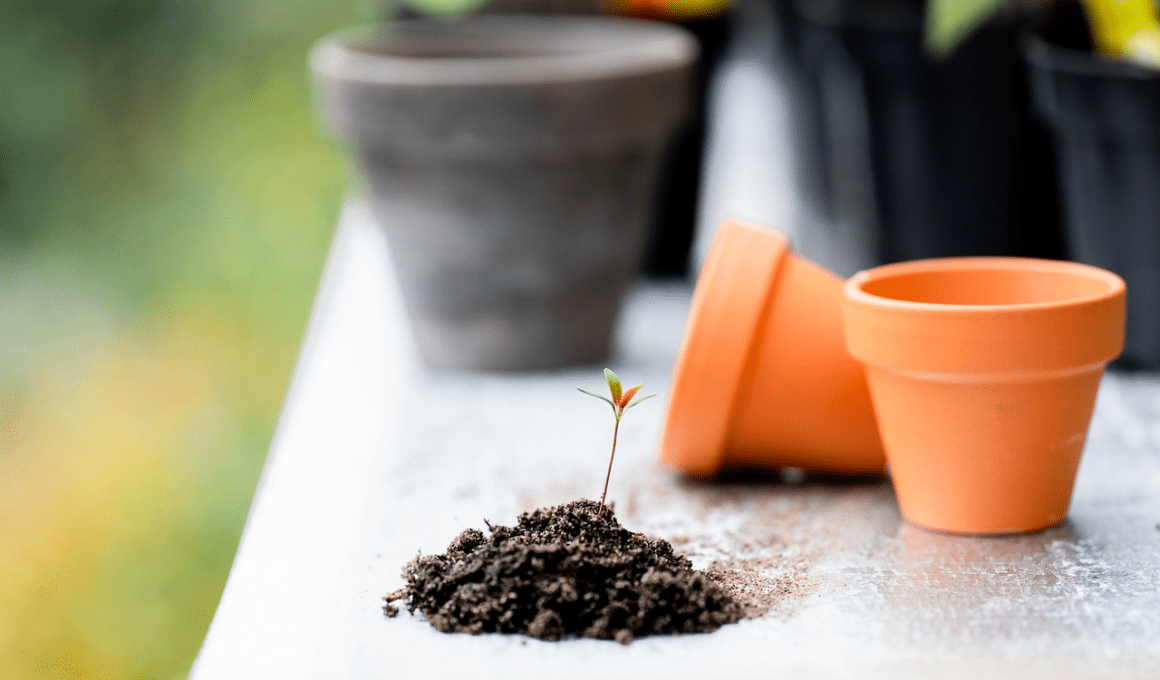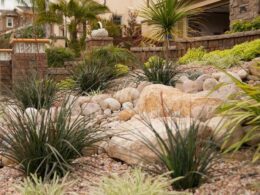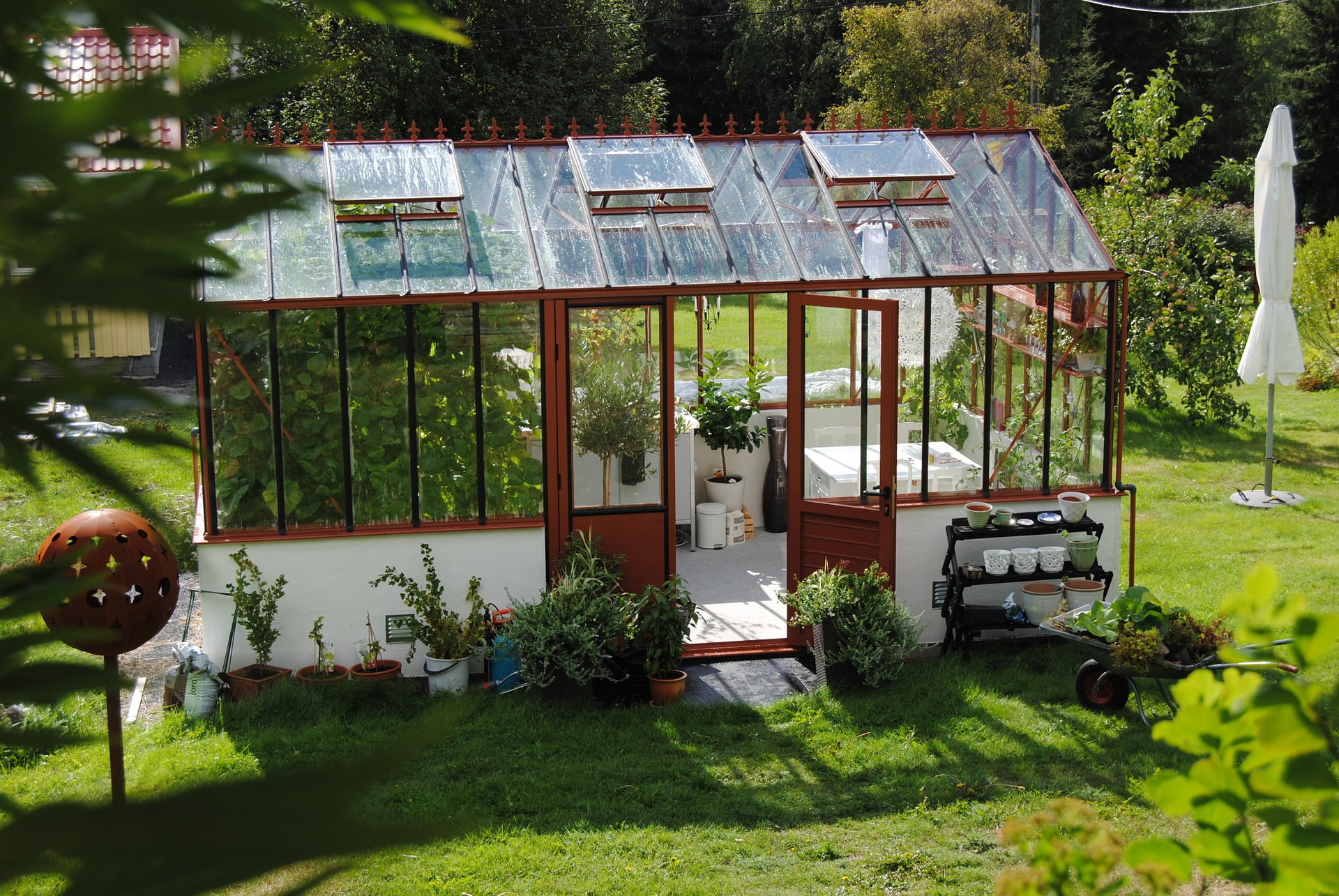Are you struggling to grow a healthy garden in sandy soil? Don’t worry, you’re not alone. Many gardeners face the challenge of cultivating plants in soil that lacks nutrients and moisture.
However, with the right techniques and knowledge, you can transform your sandy soil into a thriving garden. In this guide to gardening in sandy soil, you’ll learn the definition and importance of sand in soil, how to test and analyze your soil, and most importantly, how to improve its quality.
By following these tips, you’ll be able to create a beautiful and bountiful garden that will make your neighbors green with envy. So, let’s get started on your journey to becoming a successful sandy soil gardener!
Quick Takeaways
- Sandy soil is a challenge to work with, but can be managed with proper techniques.
- Sandy soil drains quickly and is often more acidic, requiring more water and fertilizer for plant growth.
- Liming can raise pH levels and increase nutrient levels in sandy soil, while slow-release granular fertilizer is the best option for long-term nutrient supply.
- Organic fertilizer options like compost, grass clippings, and shredded leaves can also help improve sandy soil, and should be reapplied regularly.
Definition and Importance
So, you already know that sandy soil can be a bit of a challenge when it comes to gardening. But did you know that sand actually has some important properties that can benefit your plants?
For one, sand helps to aerate the soil, allowing air to penetrate the soil and reach the roots of your plants. This can help improve plant growth and overall soil health.
In addition, sandy soil is great for improving drainage and preventing soil compaction. This is because sand particles are large and don’t stick together, allowing water to pass through easily. However, this can also lead to nutrient deficiencies and other gardening challenges.
But don’t worry, with the right techniques and tools, you can successfully garden in sandy soil and grow healthy, thriving plants!
Testing and Analysis
To determine the nutrient content and pH level of your sandy soil, it’s recommended that you seek professional soil testing. High sand levels in sandy soil can indicate nutrient deficiencies and acidity.
A professional soil test can provide you with specific recommendations on which fertilizers and soil amendments to apply to improve your soil’s nutrient levels and pH balance. Nutrient deficiencies can lead to stunted plant growth, poor yield, and susceptibility to pests and diseases.
It’s crucial to address these issues with the appropriate fertilizer and soil amendments. Regular soil testing can also help you monitor the progress of your soil improvement efforts and adjust your soil management practices accordingly.
With proper care and maintenance, you can turn your sandy soil into a thriving garden bed.
Improving Soil Quality
You can improve the quality of your soil by adding lime to increase the pH level and applying slow-release granular fertilizer to provide essential nutrients. Liming can also increase nutrient levels in the soil, making it more suitable for growing plants.
For sandy soil, the best type of fertilizer is slow-release granular formulation which contains nitrogen, phosphorus, potassium, sulfur, and calcium.
In addition to adding lime and fertilizer, mulching techniques can also help improve soil quality in sandy soil. Mulching with organic materials such as compost, grass clippings, and shredded leaves can help retain moisture in the soil and prevent it from drying out too quickly.
Drought-resistant plants, such as succulents, cacti, and lavender, can also thrive in sandy soil and help to conserve water.
By following these tips, you can successfully improve the quality of your sandy soil and create a thriving garden.
Frequently Asked Questions
What are some common mistakes to avoid when gardening in sandy soil?
When gardening in sandy soil, avoid over fertilizing and not mulching enough. Improve soil by composting and cover cropping. Keep it simple and safe.
Which plants thrive in sandy soil and which should be avoided?
Looking for plants that will thrive in sandy soil? Try drought-resistant options like succulents, cacti, and lavender. Amend your soil with compost and slow-release fertilizer to support their growth.
How frequently should sandy soil be watered and how much water is needed?
To keep sandy soil moist, water it frequently but in small amounts to avoid overwatering. The amount of water needed depends on the plant’s water requirements and the soil’s moisture retention ability.
Can sandy soil be converted to a more fertile type of soil and how long does it take?
Yes, sandy soil can be converted to a more fertile type with amending techniques. Improving nutrient retention is key. Adding organic material such as compost, manure, and mulch can improve soil quality. It may take several growing seasons to see significant improvement.
Are there any natural remedies for improving sandy soil, such as adding specific plants or minerals?
Yes, there are natural ways to improve sandy soil. Use natural fertilizers like compost and consider crop rotation and cover crops. These methods can improve soil structure, add nutrients, and increase water retention for healthier plants.








